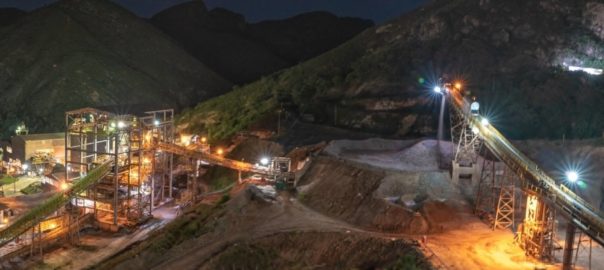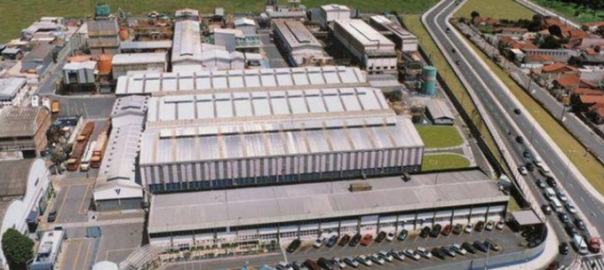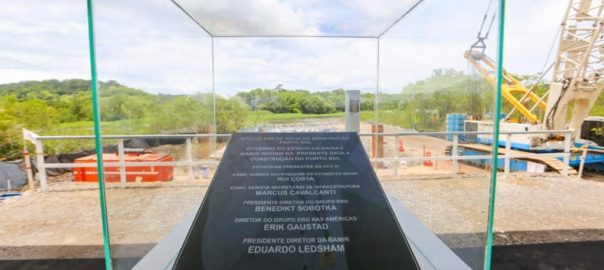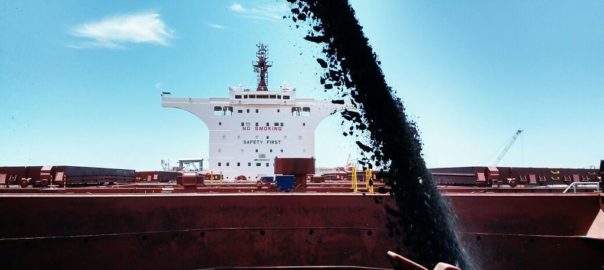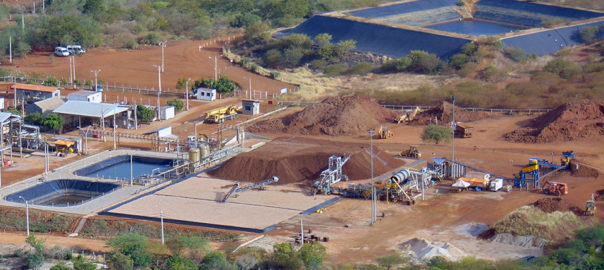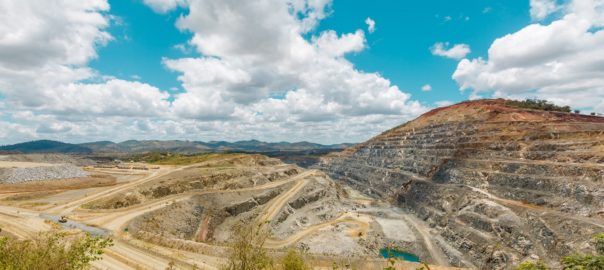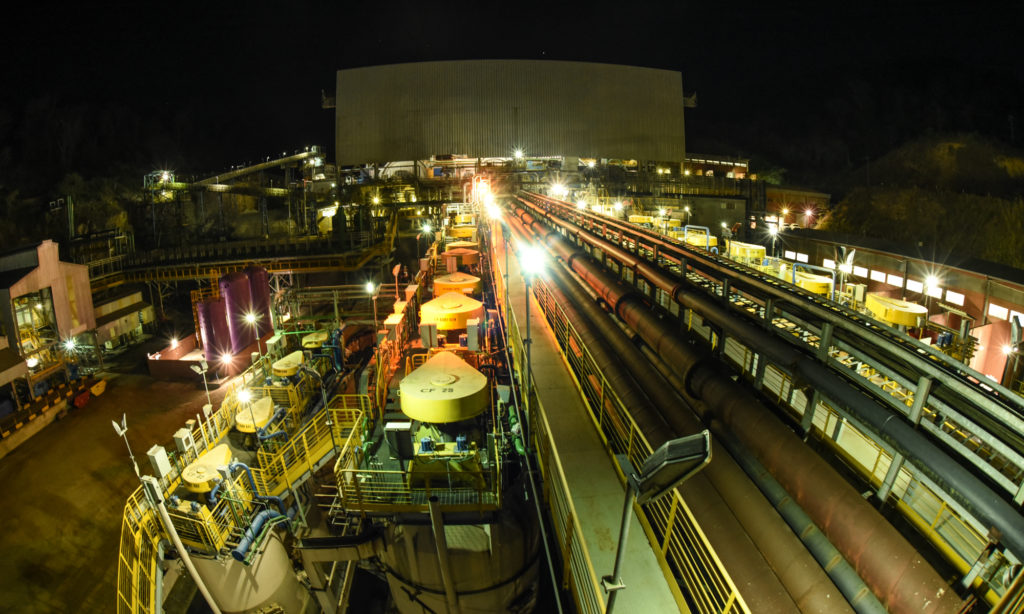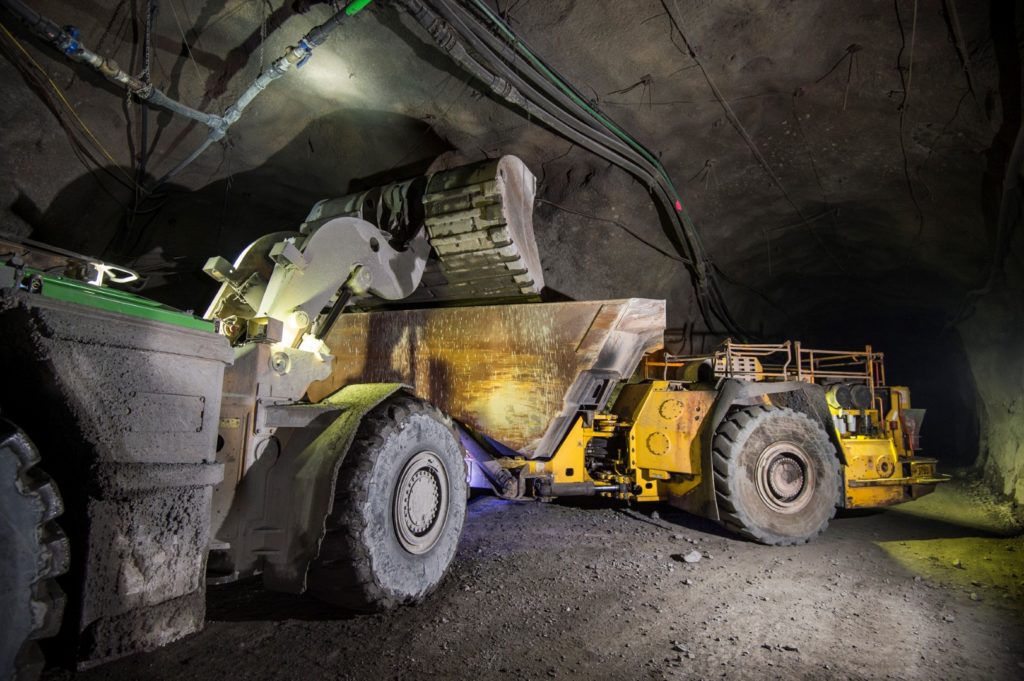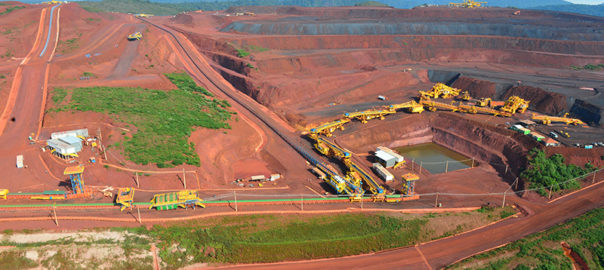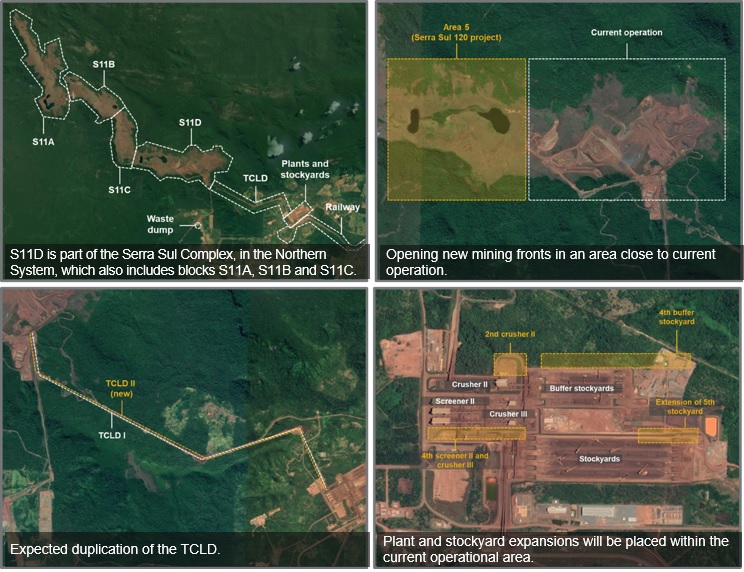Amarillo Gold Corp says it has made a significant step toward building its Posse gold mine in Brazil, signing a commitment agreement with Enel Brasil, the state electric power utility, to build a dedicated power line to the company’s Mara Rosa Property in the State of Goiás.
Arão Portugal, Amarillo’s Country Manager for Brazil, said: “Once complete, this power line will be a much-needed lasting legacy, enhancing the power grid infrastructure of the communities in and around Mara Rosa. It also represents our commitment to operational excellence and building strong local infrastructure.”
The 67-km-long 138 kV power line will connect Posse with the Porangatu substation and supply all of the electricity needed for the project. Amarillo is overseeing the engineering and permitting process, assisted by Enel. Construction can start once the permit for the power line is received. It will cost about BRL36 million ($6.6 million) to build and is expected to take around 12 months.
A definitive positive feasibility study released in June showed that Posse is expected to produce gold at an all-in sustaining cost of $656/oz, based on a gold price of $1,730/oz and a foreign exchange rate of 5.3 BRL to one US dollar. It came with an initial mine life of 10 years, initial gold production of 104,000 oz/y, and an after-tax net present value (5% discount) of $360 million.
Mike Mutchler, Amarillo’s Chief Executive Officer, said of the power line progress: “We have achieved another important milestone in Posse’s development, even as we wait for the License to Install (LI) from the state regulators.”
The governor of the State of Goiás signalled work was progressing on finalising LIs for 14 mining projects in Goiás during a meeting announcing mining investment in the state on January 25.
Meanwhile, LQ Consulting and Management Inc has been hired as Amarillo’s project management team for Posse, and has begun work on a project execution plan that will help management re-evaluate the construction timeline.








